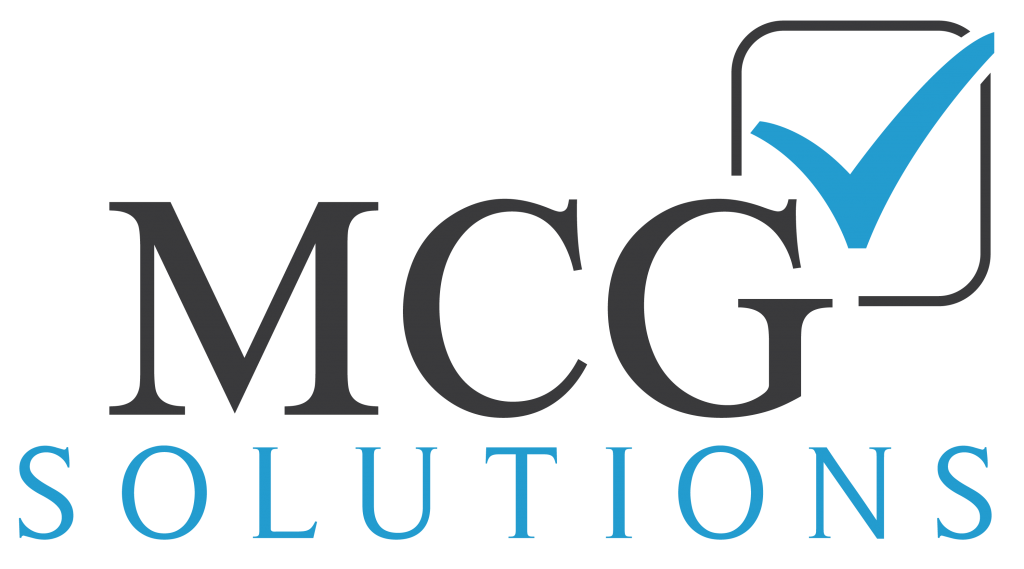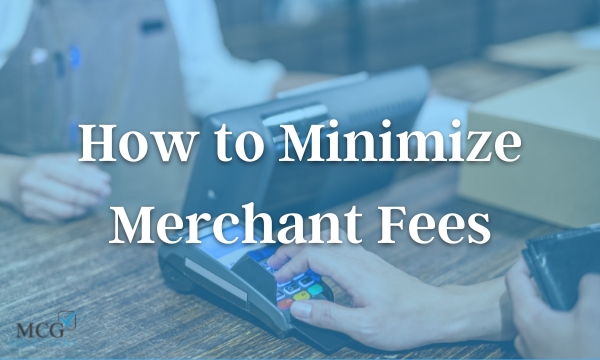Cash was once king, but today customers expect to be able to pay with credit cards. They’re convenient, easy, and fast—but they also come with merchant fees. Your small business is responsible for paying credit card transaction fees each time you accept a card. They can add up quickly, and eat into your profits.
Here’s an overview of how fees are assessed, and some quick tips to minimize your own merchant fees.
How merchant fees are calculated
There are three types of merchant fees: interchange fees, assessment fees, and payment processor fees.
Interchange fees are charged by the credit card companies themselves, like Visa and Mastercard. They are fixed and usually fall into the one to four percent range, plus a small flat-rate charge of five to ten cents. These cannot be minimized, but you can choose not to accept certain card types.
Assessment fees are based on your total monthly sales volume. The credit card companies assess a small percentage of your transactions with them, such as 0.01 percent. These are fixed and cannot be minimized.
Payment processor fees can be minimized, since they vary by the processor you choose. These fees are what you pay for using their service: they’re the institution that works to process and complete your transaction. These fees are usually a percentage of the transaction amount, plus a small flat fee per transaction. They often charge monthly fees, in addition.
Minimize your merchant fees
The best way to minimize your merchant fees is to find a processor whose fee schedules work with your business model. Payment processors have four different models:
- Flat rate: This model charges a flat fee per transaction: for example, Square currently charges 2.6 percent plus ten cents per transaction with a physical card present, and no monthly fee. If you don’t have a lot of credit card transactions, this is a good way to minimize your fees while still providing the option for cards.
- Subscription: Subscription models have businesses pay a monthly flat fee, plus a small flat per-transaction fee (usually five to ten cents).
- Interchange plus: This model charges merchants the interchange fee, plus fixed percentages and transaction fees.
- Tiered pricing: Tiered pricing models charge different amounts based on the type of card used. Their preferred cards might command a 1.5 percent fee, while others might be as high as 3.5 percent. Read the fine print carefully: your fees could vary dramatically depending on the card type.
There are other ways you can minimize your fees, beyond pricing models. First, you might consider refusing to accept certain card types. American Express’s higher fees often make them a less appealing choice for businesses.
Second, how you process your transactions matters. For example, processors often charge higher fees when the physical card is not present.
Finally, make sure you have other payment options: ACH and debit cards often have lower overall fees. Consider offering a cash discount (such as including sales tax in the list price) to encourage people to use other payment methods.
A great bookkeeping and tax preparation team can help your business make the most of every sale. Call MCG Solutions today to find out more about our services.

